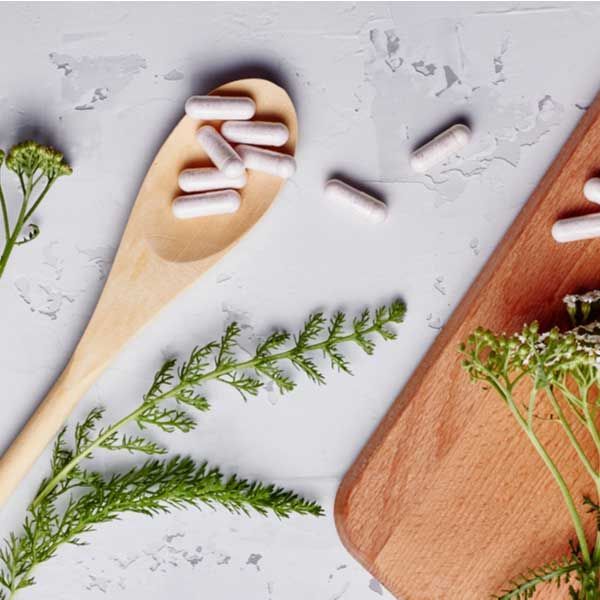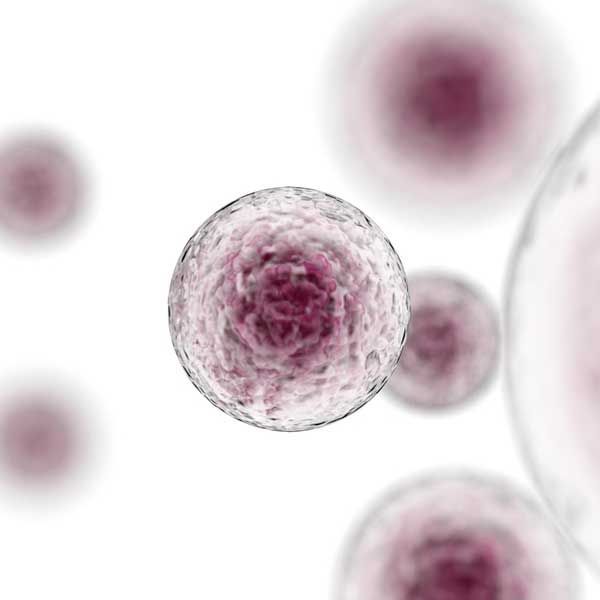

PRP (Platelet-Rich Plasma)
Harness Natural Healing
La Jolla PRP at VitaLab Wellness
Unlock the regenerative potential of Platelet-Rich Plasma (PRP) and Platelet-Rich Fibrin (PRF) at VitaLab Wellness, La Jolla's trusted source for innovative aesthetic treatments. These growth-factor-rich serums use the regenerative power of your blood as a natural alternative to dermal fillers and other aesthetic treatments. They can eliminate signs of facial aging, improve your appearance, and create beautiful, long-lasting results without the need for invasive surgery.


Transformative Treatments
What are PRP and PRF?
Platelet-rich plasma (PRP) therapy is a form of regenerative medicine that uses a person’s blood platelets to stimulate collagen production. PRP can be used to trigger natural growth factors that your body uses to heal tissues. Platelet-rich fibrin (PRF) is often considered next-generation PRP and uses different harvesting techniques to prioritize extracting the fibrin and concentrating its healing and immune effects. PRP can be used to address aesthetic concerns such as:
- Lines and wrinkles
- Scars
- Hyperpigmentation
- Sun damage
- Uneven skin texture
- And more
Both can be especially helpful when it comes to injury.
Natural Rejuvenation
What are the benefits of PRP and PRF?
These innovative therapies utilize your concentrated platelets, rich in growth factors, to:
- Stimulate collagen production and promote tissue regeneration
- Reduce the appearance of fine lines and wrinkles
- Improve skin texture and tone
- Enhance hair growth and address hair loss
- Accelerate healing and recovery
Whether you desire a more youthful appearance, thicker and healthier hair, or faster healing after injury, VitaLab offers personalized PRP and PRF treatments tailored to your specific needs. Our experienced and skilled clinicians have the training to deliver these treatments with a focus on optimal results and safety. Embrace a revitalized and rejuvenated you. Schedule a consultation at VitaLab Wellness today and explore the transformative power of PRP and PRF!
Regenerate and Renew
Your PRP Consultation
Unlock the potential of your body's natural healing capabilities with a complimentary PRP & PRF consultation at VitaLab Wellness in La Jolla. Delve into the transformative opportunities offered by PRP and PRF treatments during your personalized consultation with our experienced team. We'll begin by discussing your concerns and aesthetic aspirations and then evaluate your suitability for PRP or PRF therapy.
From there, we'll collaborate on developing a tailored treatment plan that aligns with your unique needs. Your questions and concerns will be thoroughly addressed, and we'll provide comprehensive information about pricing and financing options. To learn more about the powerful rejuvenating powers of PRP and how it can benefit you, please contact VitaLab today to schedule a consultation appointment.


The Treatment
Your PRP Procedure
To begin the treatment process, a small amount of your blood will be drawn from your arm. Then your blood will be placed into a machine called a centrifuge, which will spin to separate the protein-rich- plasma and/or fibrin from the rest of the elements of the blood. Platelets are then extracted, and the sample is concentrated, creating what is called platelet-rich plasma (PRP) or platelet-rich fibrin (PRF).
Next, PRP/PRF can either be used for aesthetic outcomes or regenerative results. For aesthetic purposes, the PRP will be spread onto your face, and microneedling will be performed to help your face absorb the proteins. To execute microneedling, a special pen-like tool with many small needles on the end will be moved across the skin, creating micro-wounds. These micro-wounds stimulate the body’s natural healing response, kick-starting the creation of collagen as well. Overall, this combined procedure encourages cell turnover for tighter, smoother, fuller skin.In cases where PRP/PRF is being used for regenerative purposes, it is injected directly into the injured ligament, muscle, joint, tendon, or intravenously to promote healing.
Healing from Within
PRP Results, Recovery and Aftercare
Generally, recovery time for PRP injections is about four to six weeks, while recovery from aesthetic PRP is about one week. Temporary redness, swelling, or tenderness at the treatment site may occur. It may take several weeks to months to see full results. Repeated treatments are usually recommended for the best results. It is important to follow Dr. Oberg’s specific aftercare instructions, including using a daily moisturizer with SPF to keep the skin protected.

PRP (Platelet-Rich Plasma)
Frequently Asked Questions
Healthy individuals who are looking to rejuvenate their complexion or treat certain injuries can often benefit from this treatment. However, there are some who should not undergo this procedure, including those who are pregnant or breastfeeding, have a severe skin condition, or have a blood clotting condition. If you are interested in learning more about whether PRP can benefit you, contact VitaLab today to schedule a consultation appointment.
PRP therapy is generally considered safe because it uses your blood, reducing the risk of allergic reactions or rejection. However, as with any medical procedure, there are potential risks and side effects. These may include temporary swelling, bruising, or discomfort at the injection site. Infection or nerve injury may occur in rare cases, but these complications are uncommon when a qualified and experienced healthcare provider administers PRP. Before undergoing PRP treatment, discussing your medical history and any concerns with your healthcare provider is important to ensure the procedure is appropriate for you.


